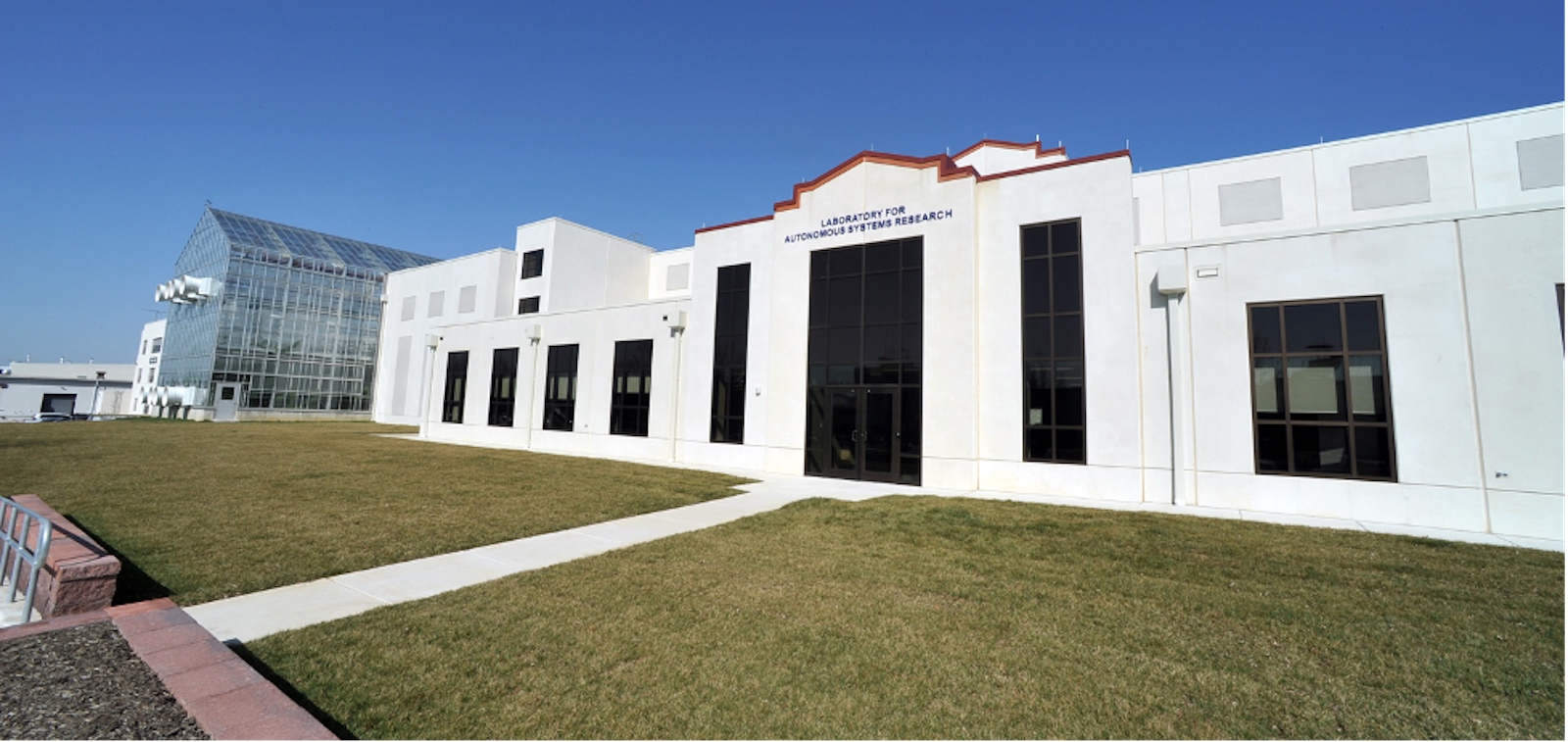
*NCARAI is the Navy Center for Applied Research in Artificail Intelligence, Naval Research Laboratory, Washington DC
The maturing capabilities of artificial intelligence (AI) techniques, today’s computing context (e.g., cloud computing, GPUs, and improved algorithms), and the limitless application space of AI has inspired many interdisciplinary lines of research. This trend can be found at academic, industry, and government research laboratories, including Lehigh University’s Institute for Data, Intelligent Systems, and Computation (I-DISC) and the Naval Research Laboratory’s (NRL) Navy Center for Applied Research in AI (NCARAI).
NCARAI personnel conduct basic and applied research in AI and related areas of interest to the Navy and Marine Corps. Our interdisciplinary work focuses on topics that relate to and extend our core interests in AI, cognitive science, and robotics, which includes inspirations for designing AI-enabled systems and their broad application. Below I summarize some of these in the context of our efforts on intelligent agents, human-machine teaming (HMT), machine learning (ML), and distributed autonomous systems.
Insights from philosophy and cognitive psychology have inspired our work on intelligent agents, and in particular the design of ARCADIA, a computational cognitive architecture whose foundation is a model of selective attention. This model, used to coordinate perception, cognition, and action in ARCADIA agents, has proven to be useful in complex scenarios where increasing agency is required, including for deciding what should be the agent’s current focus. Philosophical inspirations have included models of consciousness and moral reasoning for these agents, which we have applied to tasks such as autonomous driving, multi-object tracking, and online causal judgements. We have also developed intelligent agents based on the theme of Goal Reasoning (GR), which permits agents to dynamically reprioritize the priorities of their objectives/goals. Our applications of GR agents have concerned deliberative vehicle control tasks for space operations (surveillance satellite constellations, satellite mission re-planning), avionics (simulated air vehicles), maritime navigation (autonomous underwater vehicles), and disaster relief missions, among others.
Cognitive psychology, cognitive science, and human-robot interaction (HRI) are foundations of NCARAI’s research on HMT, where our work on robotics has been inspired by and benefitted from integrating concepts concerning human reasoning (e.g., Theory of Mind, cognitive priming, and spatial reasoning) and neuroscience (e.g., neuromorphic computing). Some of our applications have targeted supervised control tasks and involved predictive cognitive models (e.g., for handling post completion and sequence errors, interruptions, and information overload situations), while others have ranged from detecting and analyzing micro-vehicles swarms to robots for performing shipboard maintenance tasks. A more general application has involved deriving and applying computational cognitive models to generate unlimited data for training deep learning methods.
NCARAI has contributed applications of ML techniques for a large variety of disciplines studied at NRL. While these include, not surprisingly, techniques for computer imaging (e.g., for satellite surveillance, bathymetric seafloor mapping), many have focused on other types of tasks. For example, these have involved acoustics (speeding up underwater transmissions, speech detection, and speaker localization), bioinformatics (speeding up microbial proteomics analyses), biometric sensing (for face recognition and person re-identification), meteorology (modeling atmospheric turbulence to predict marine fog, electromagnetic radio frequency propagation), radar collections (task scheduling), remote sensing (modelling the directional reflective properties of a surface), and seismology (predicting earthquake magnitude).
Finally, much of our research on autonomous systems involves personnel with expertise in multiple disciplines (i.e., computer science, mechanical engineering, and aerospace robotics) who address problems motivated by interdisciplinary inspiration. For example, our researchers have studied how bat echolocation, modeled in an acoustic sensor, can be trained to accurately classify terrain types for a mobile robot. We have used a model of viscoelastic fluid dynamics, implemented using local sensing and communication algorithms, to help distributed agents escape local minima while navigating complex environments. We have also used a gradient field model to instruct (simulated and real-world) agents within a swarm to emulate a physarum polycephalum slime mold’s behaviors; they explore an area for energy sources and establish energy-efficient communication networks. Our applications of distributed autonomous systems have included tasks in atmospheric sciences, including using solar hot air balloons for meteorological data collection, as well as for surveillance tasks.
In summary, AI is a research area whose techniques can be adopted for use in many fields of study, and their design and processing methods are often inspired by observations from nature or methods developed in other disciplines. We anticipate that these efforts will continue, given that synergistic benefits have been found through investigations by NCARAI personnel and others. Advances in several research topics are still needed to make AI-enabled systems a further focus of interdisciplinary research. These include, for example, efforts on: enhancing their transparency; supporting interactive explanation; reducing biases in training data, knowledge representations, and search algorithms; testing and evaluation; guaranteeing software assurance properties; and protecting data privacy. These topics are all being actively pursued by many organizations, including NCARAI. I invite Lehigh researchers who work on these and related topics and would like to learn more about our work at NCARAI to contact me; we provide research opportunities for students and faculty through visits, and welcome efforts toward collaborative proposals.
Some of NCARAI’s personnel work at the Laboratory for Autonomous Systems Research (LASR), as pictured above, which provides facilities for collaborative research across many domains and areas. These include perception, navigation and locomotion, autonomous behavior generation, human interaction, platform development, power sources, and manipulation across ground, maritime, and aerial domains. Its facilities include a reconfigurable prototyping high bay (often used for research on autonomous unmanned air and ground vehicles), a littoral high bay, a desert bay, and a tropical high bay that contains a rain forest. Facilities also include sensor, power, and energy labs, among others. For more information, see https://www.nrl.navy.mil/lasr.
Bio: After completing his PhD at UCI in 1990 and three postdoctoral positions, David joined NRL in 1992. At NRL, he led the Adaptive Systems Section of the Navy Center for Applied Research in AI (NCARAI) during 2007-2019 and has served as NCARAI’s Director since. David’s research interests include deliberative autonomy (e.g., goal reasoning), case-based reasoning, explainable AI, ML, reproducible studies, and related topics. David launched the UCI Repository for ML Databases, served as a AAAI Councilor, co-created the AAAI Video Competition, received awards for five publications, and received AAAI’s Robert S. Engelmore Memorial Lecture Award. He served as the PI for many AI R&D projects, which includes (co-)leading the evaluation teams for four DARPA programs (i.e., Transfer Learning, Deep Learning, XAI, and SAIL-ON) and one ONR program (Adaptive Transfer Learning).

